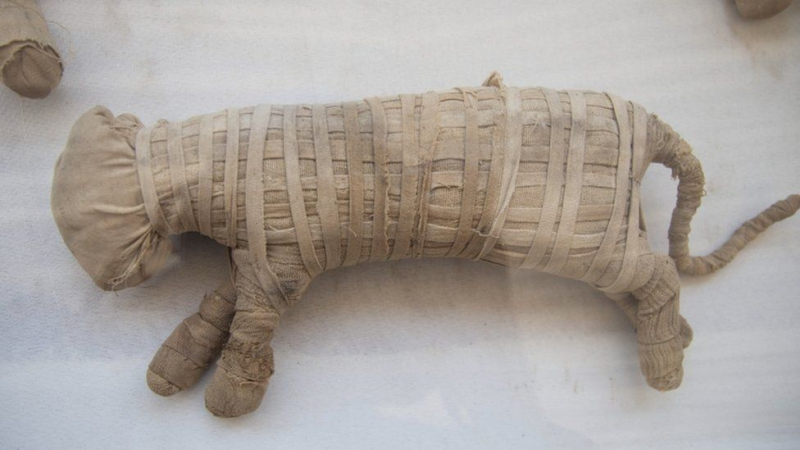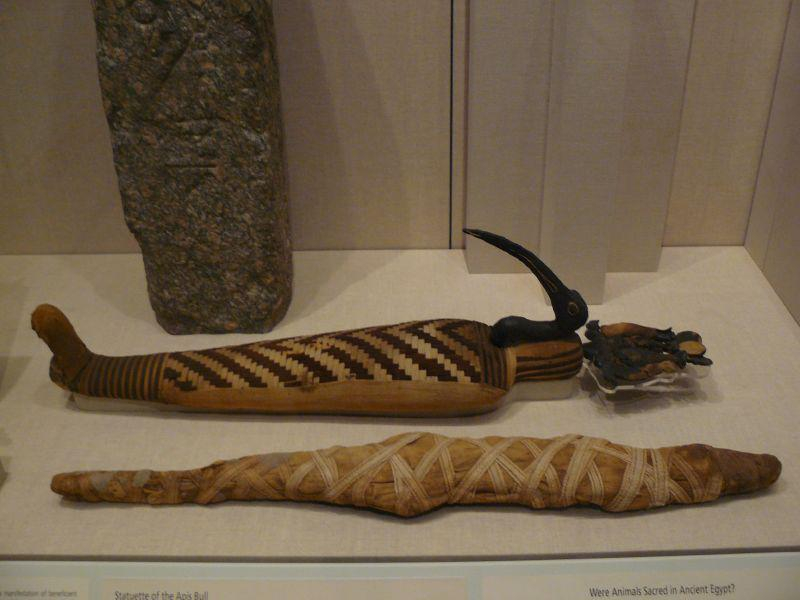Ancient Egyptians Also Applied Their Mummification Technique to Animals
One of the interesting facts on the mummification process is, that more than simply human bodies were mummified by the ancient Egyptians. Animals were not only regarded as pets, but also as avatars of gods. As a result, Egyptians buried millions of mummified cats, birds, and other animals in temples dedicated to their gods. In Egypt, about a million animal mummies have been discovered.
Many researchers assumed that the great majority of animal mummies were churned out in a shoddy manner due to the huge scope of manufacturing. However, a new study reveals that the ancient Egyptians' animal mummification procedures were often as elaborate as those used on the best-preserved human corpses. Animal mummies appear to have been smeared or immersed in some form of glue and oil before being wrapped in many cases, according to the researchers, a technique significantly less complicated than that seen in human mummies.
The reason the vast majority of these animals were mummified was because of their link with ancient Egyptian gods. Cats, for example, were thought to be the embodiment of Bastet, the goddess of music and joy who also served as a guardian of women. The Apis bull, a revered Egyptian animal, became recognized as the manifestation of Osiris, the Egyptian deity of embalming and cemeteries. Hawks were identified with Horus (the god of light), ibises with Thoth (the deity of wisdom and learning), and so on by ancient Egyptians.












